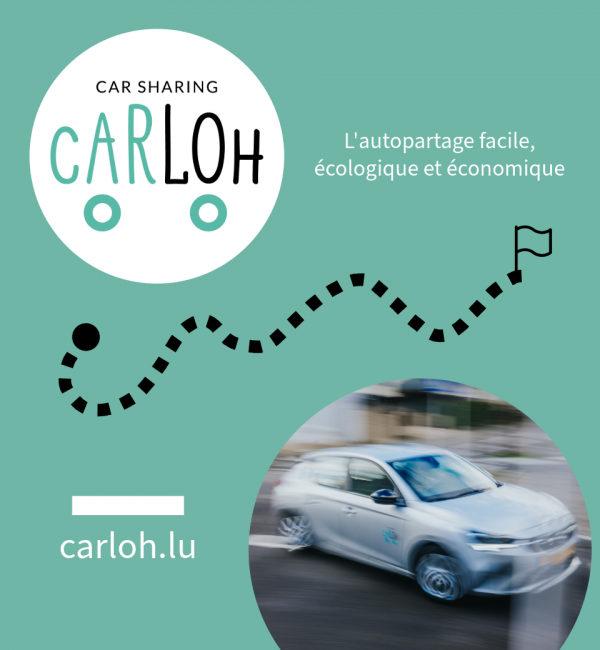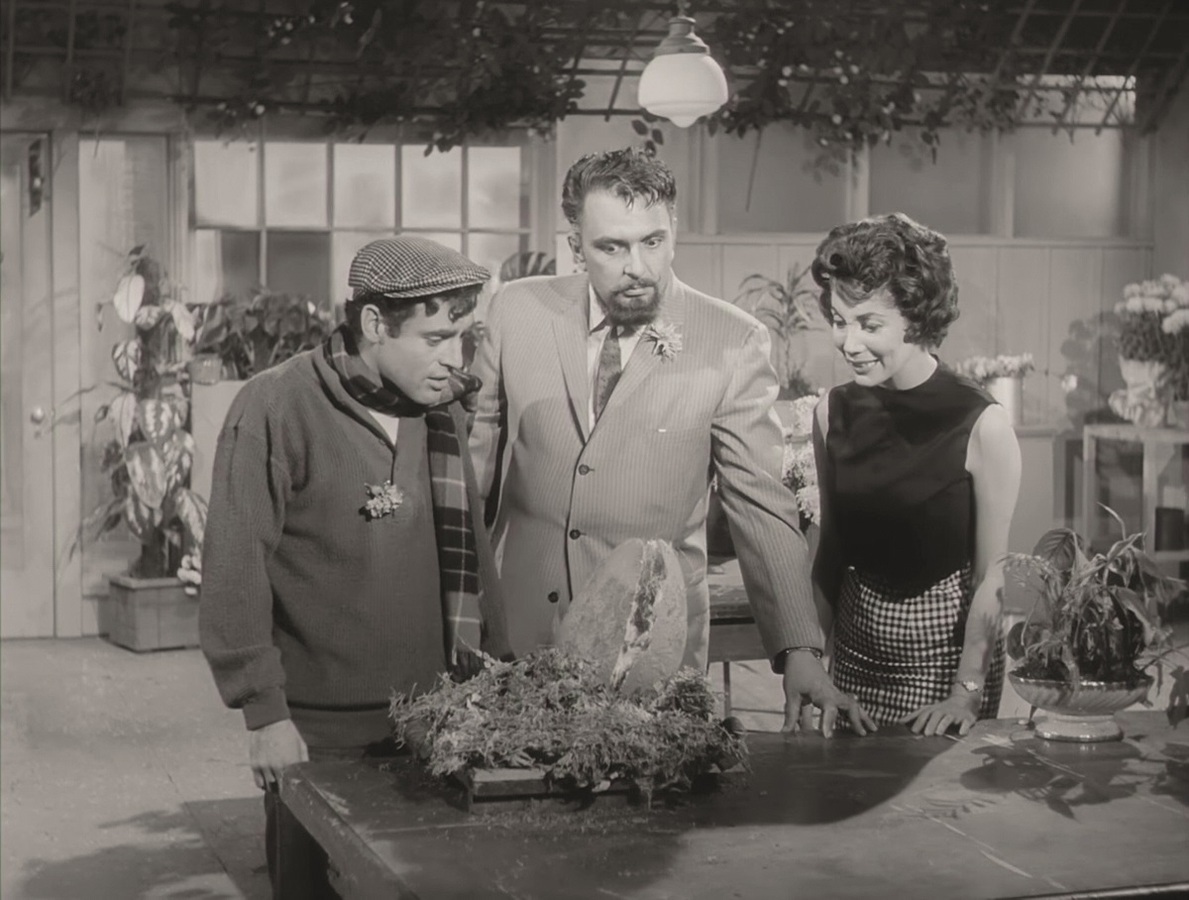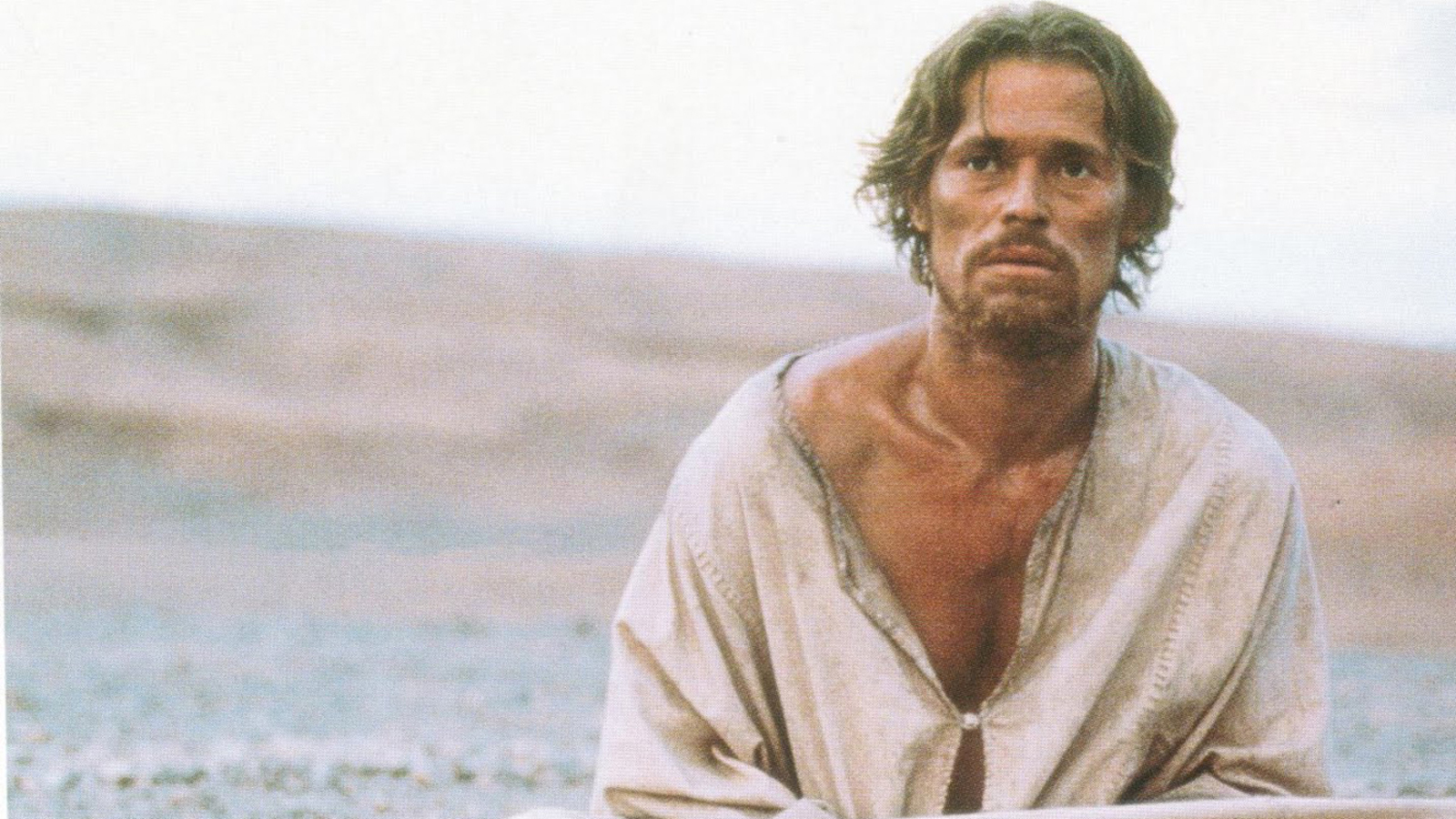The Pétrusse Valley
The Pétrusse Valley is a main feature of Luxembourg City's picturesque landscape and frequently appears in panoramic photographs of the city. The valley has two main features: its cliff faces, which are a natural extension of the fortifications, and the greenery afforded by its trees, hedges, meadows and flower beds.
Through the centre of the valley flows the Pétrusse, a stream that was channellised in the 1930s. Its source can be found in the "Aalheck" area of Dippach forest, and its main tributaries are the Aalbaach and the Zéissengerbaach. The Pétrusse itself is 12.8 km long and flows through the Grund district before joining the Alzette near Rue St Ulric.

Phase 1 of the redevelopment: benefits and LUGA 2025
An oasis of well-being in the heart of the city
The renaturalisation of the Pétrusse in Luxembourg City offers a host of benefits for both the environment and local residents' quality of life. No doubt one of the greatest benefits is that land restoration fosters biodiversity and improves ecological balance. In addition, restoring and enlarging the green spaces surrounding the Pétrusse provides residents and visitors with even more places to rest and relax in the capital. With its walking trails, cycle paths, playgrounds and recreation facilities, the section of the Pétrusse Valley that has already been restored is a great destination for families, walkers and sports enthusiasts, making Luxembourg City an even more pleasant place to live.
Phase 1: Provisional assessment of the Pétrusse renaturalisation work undertaken so far
The first phase of the Pétrusse renaturalisation project was carried out between 2020 and 2024, and the benefits of this ambitious undertaking are already apparent.
Re-creating the watercourse's natural conditions has improved the balance between the area's flora and fauna. The Pétrusse is no longer enclosed in an artificial concrete channel, and can now meander freely amid natural vegetation along its natural-stone banks. Although the works were only finalised a few months ago, the vegetation along the banks of the watercourse has already grown quickly and, as it continues to grow, will create natural habitats for several plant and animal species.
This first phase of the redevelopment project has helped to create natural habitats, restore the ecological continuity of the watercourse, and improve the quality of the water.
Finally, owing to the renaturalisation work that has already been undertaken, the water now flows at a slower and more naturally pace, thereby reducing the risk of flooding. Besides providing this major benefit to residents, the renaturalisation of the Pétrusse Valley was designed to blend in with the view of Luxembourg City's fortifications, which are a UNESCO World Heritage site. This makes the Pétrusse Valley even more of a draw for visitors.
The assessment of the first phase of the project is largely positive, and the second phase of the project, which entails the restoration and redevelopment of the park, will bring further benefits.
LUGA 2025
From May to October 2025, Luxembourg City will be hosting the Luxembourg Urban Garden exhibition, and the Pétrusse Valley will be one of many sites where visitors, as well as nature and gardening lovers, will be able to admire an assortment of installations and creations. In the recently restored Pétrusse Valley, LUGA will explore a number of innovative initiatives to herald a promising future. Visitors will be able to walk a circuit, which starts at the municipal park and descends towards the valley. Along the way, there will be a garden designed by landscape architect Leon Kluge, who draws a connection between the histories of the park and valley. Farther on, past the skate park, the urban gardens created by the Jeunes Créateurs (Young Creators) alongside the watercourse will provide their own responses to today's global challenges. These spaces symbolise a future full of opportunities and showcase the nature that is present but often invisible in the valley.
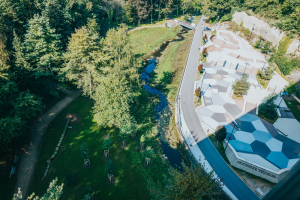
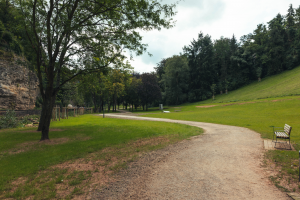
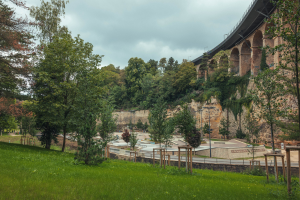
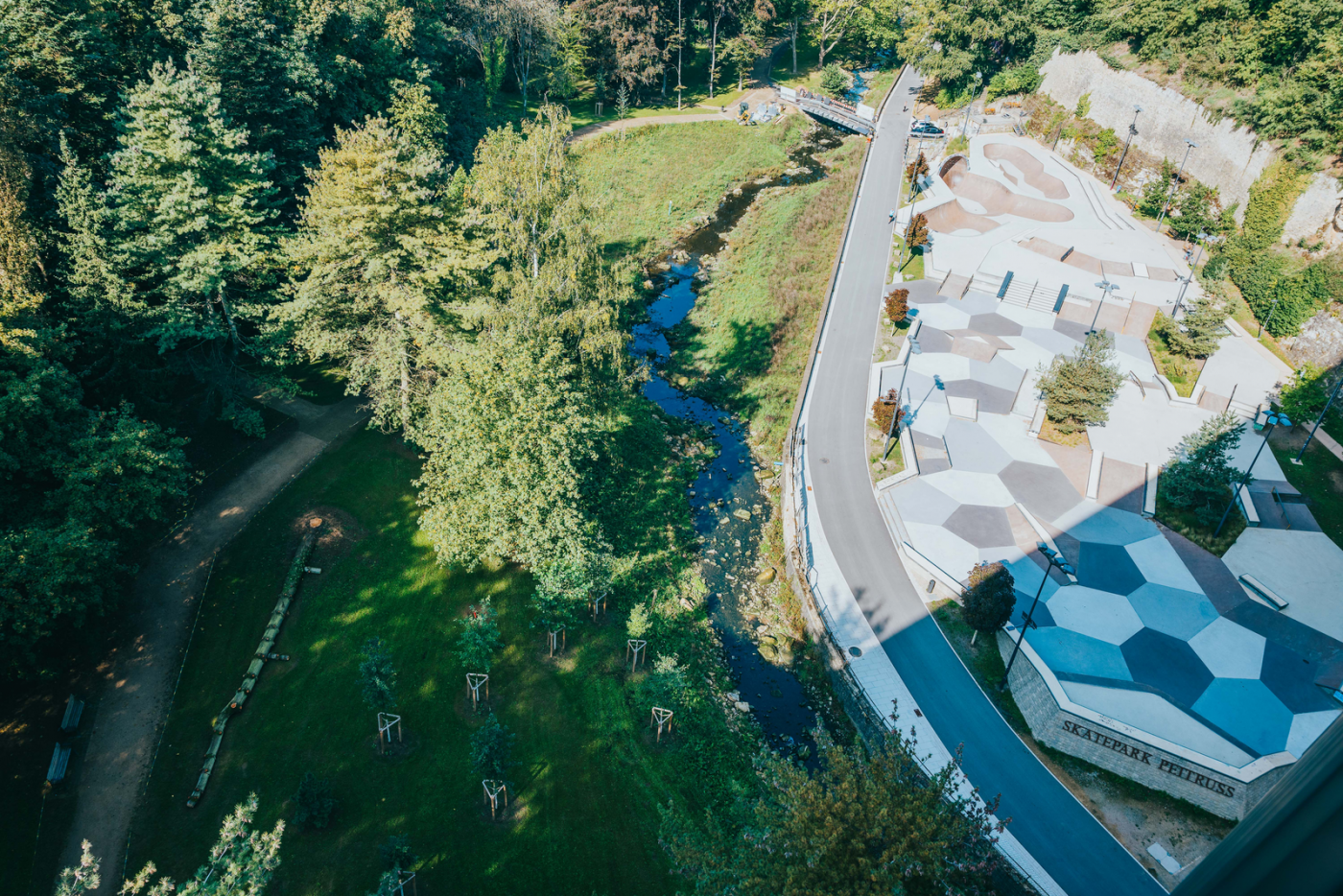
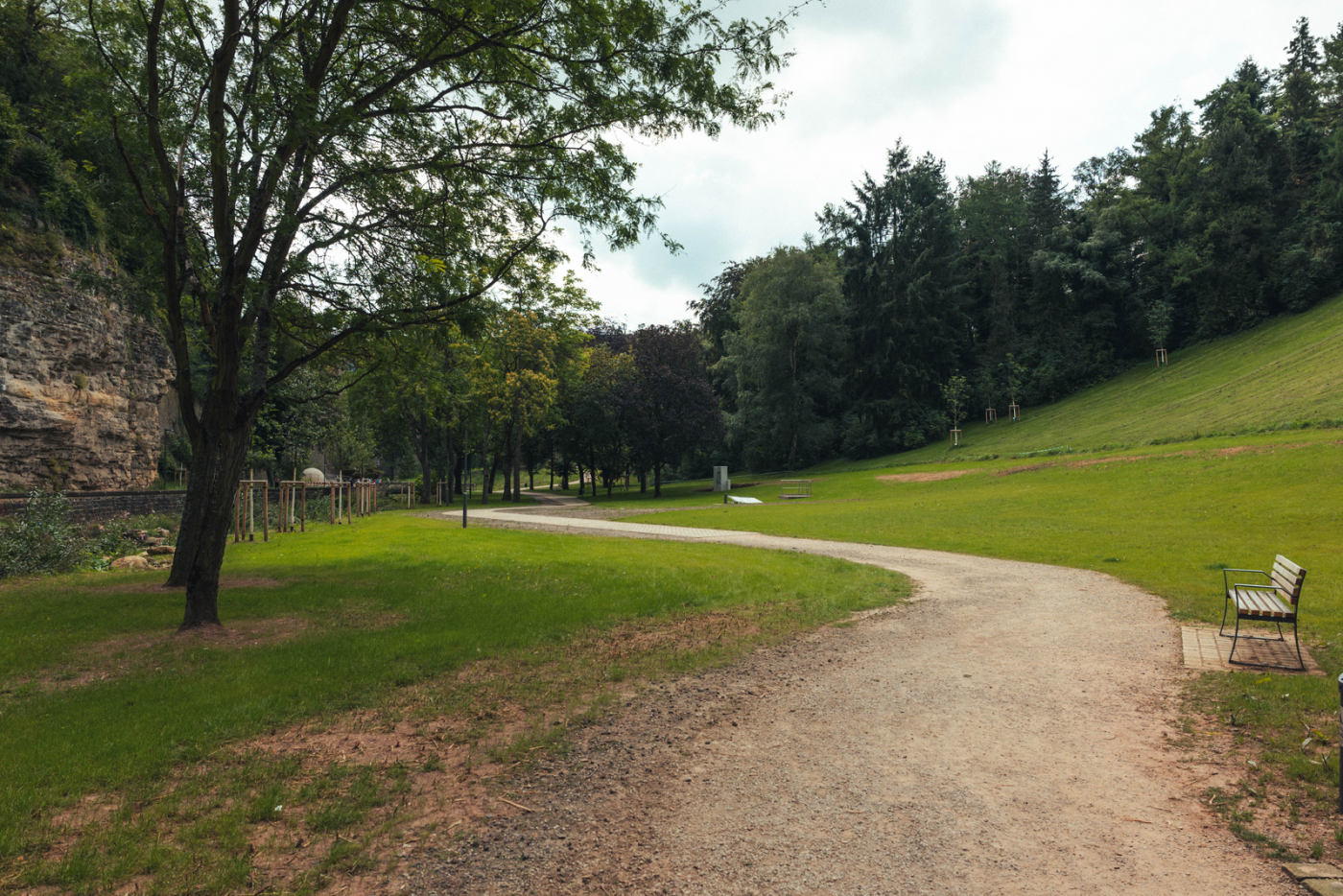

Phase 2: from the former Bourbon Lock to Rue d'Anvers
This phase entails the ecological restoration of the Pétrusse Valley and the redevelopment of the park between the former Bourbon Lock (end of phase 1 of the project) and Rue d'Anvers. Work is scheduled to begin in spring 2025 and will last for two and a half years.
The overall project consists of several sub-projects. While some of these can be carried out separately, others are spatially linked and require complex development processes. These works include redesigning the landscape of the riparian zone, replanting the immediate aquatic environment and the adjoining park, restoring the watercourse bed, and building new infrastructure and civil-engineering structures.
Restoration of the ecosystem
The main aim of this project is to revitalise the valley's deteriorated and modified ecosystems, and return them to a more natural state. As part of that process, the watercourse's natural environment needs to be restored. This mainly involves dismantling the concrete watercourse bed so that it flows along its natural path. These measures will have a positive impact on the entire valley: they will improve biodiversity, restore the balance between the flora, fauna, nutrients and water, and reduce erosion and the risk of flooding.
To achieve this goal, special attention needs to be given to the flora. Firstly, it is vital to plant appropriate indigenous plants – such as willows, reeds and so on – as well as riparian plants. In addition to reducing the risk of flooding by creating buffer zones, this will help prevent erosion since the plants' roots will stabilise the soil. Moreover, the river vegetation will filter the pollutants from the water and thus improve the quality of the water. Secondly, the terracing will require that some trees be removed from the area that is to be restored. This will improve the expansion of biotopes and provide a permanent habitat for several animal and plant species. The site was evaluated carefully, and only trees that could pose a danger to walkers' safety will be cut down. These works are scheduled to begin on 17 February and will last around 10 days: While the trees are being removed, temporary detours for park users will be put in place as necessary. The City of Luxembourg's Service Circulation (Traffic Department) will install signage to this effect.
Although some trees will need to be removed, at least 56 new ones will be planted in prime locations on the site, and veteran trees in the vicinity of the works will be protected, as was the case during the first phase of the project.
Finally, to minimise the impact on the water quality, the excavation works will need to be carried out in stages and in different areas. This will make it easier to manage the full restoration process more efficiently and effectively.

Details about the park's design
The second phase of the ecological redevelopment project focuses on the design of the park and user amenities, following on from the developments undertaken in the first phase:
Renaturalisation of the watercourse
As in the first phase, the Pétrusse's concrete bed will be removed so that the river can once again flow along its natural path. The watercourse bed will then be covered with natural stones, and the banks redeveloped to create natural habitats for flora and fauna. Strips of wooded area and plant life along the banks will create an ecological corridor. Renaturalising the watercourse will make it flow much slower and more naturally, thereby reducing the risk of flooding.
Multi-use sports field
Phase 2 also includes building a new multi-use sports field. As such, the current multi-use sports field will be entirely dismantled, and in the spirit of sustainability, any equipment that is still in good condition will be reused for the new field. The future field will have the same dimensions as the current one – 13 x 25 x 5 metres – and will be covered by a net. Once the field is completed, five new pieces of fitness equipment will be installed in front of it.
Construction of an underground relief sewer
To protect a private home located in the Pétrusse Valley park, an underground relief sewer will be built along a specific section of the watercourse. This sewer will ensure that excess water from the spring flows safely, preventing it from damaging the private property.
In addition to the major undertakings described above, the ecological redevelopment project also includes the following works:
- installing terraced seating and relaxation areas at different locations along the banks of the Pétrusse;
- replacement of the roadways (4 metres wide) and non-vehicular paths (2–3 metres wide);
- creating rest and recreational areas along the watercourse, using the same design for the street furniture as for the part of the Pétrusse Valley that has already been restored in order to give the site a matching appearance;
- building four new bridges to replace existing structures (one open to vehicular traffic and three for pedestrians).
Practical information regarding access
During the second phase of the ecological redevelopment of the Pétrusse Valley, the paths alongside the watercourse will be closed to pedestrians and cyclists. So that cyclists can continue to travel safely between Ville Haute and Hollerich, a cycle lane in the opposite direction to motorised traffic will be built along Rue de la Semois. For motorists travelling down this road, traffic will be restricted to one way. The City of Luxembourg's Service Circulation will install appropriate signage signalling a detour starting at the intersection of Rue de la Vallée and Rue de la Semois for the southern part of the park. For the northern part of the park, a detour starting from the Rue de la Semois entrance and continuing towards Rue de Jardiniers will be put in place. Construction vehicles will enter from Rue d'Anvers. This will help reduce noise pollution for local residents and thus keep the impact on the neighbourhood to a minimum.
The entrance to the municipal gardens on Rue Paul Séjourné will remain open.

Estimated budget
The budget for phase 2 of the Pétrusse Valley ecological redevelopment project is estimated at €14,991,055.56 including VAT. Funding is provided by the City of Luxembourg and the Water Management Fund (Fonds pour la gestion de l'eau) of the Ministry of the Environment, Climate and Biodiversity (Ministère de l'Environnement, du Climat et de la Biodiversité). The European Investment Bank is also providing funding through the Blue Natural Capital Financing Facility.






